Tendon and ligament injuries pose significant challenges in orthopedic medicine due to their limited regenerative capacity. Current treatments often fall short in achieving complete functional recovery, highlighting the need for novel therapeutic approaches. GHK copper, a tripeptide complex, has emerged as a promising candidate for promoting tissue repair and regeneration. This article comprehensively reviews the mechanisms underlying tendon and ligament healing and evaluates the therapeutic potential of GHK copper in this context. Through elucidating its molecular mechanisms and clinical applications, this review aims to provide insights into the future directions of GHK copper-based therapies in orthopedic medicine.
Tendon and ligament injuries are common orthopedic problems, often resulting from sports-related activities, trauma, or degenerative processes. Despite advancements in surgical techniques and rehabilitation protocols, achieving optimal outcomes remains challenging. Tendons and ligaments exhibit limited regenerative capacity, leading to prolonged recovery periods, functional deficits, and an increased risk of recurrent injuries. Therefore, there is a growing interest in identifying novel therapeutic strategies to enhance tissue healing and restore biomechanical function.
Tendon and Ligament Healing Mechanisms: Tendon and ligament healing is a complex process involving inflammation, proliferation, and remodeling phases. Upon injury, an inflammatory response is initiated, characterized by the release of cytokines and growth factors that recruit immune cells and stimulate the proliferation of fibroblasts. Subsequently, fibroblasts synthesize extracellular matrix components, such as collagen, glycosaminoglycans, and proteoglycans, to restore tissue integrity. The remodeling phase involves the realignment and maturation of collagen fibers, ultimately restoring the structural and mechanical properties of the tissue.
Role of Copper in Tissue Healing: Copper is an essential trace element involved in various physiological processes, including collagen synthesis, angiogenesis, and antioxidant defense mechanisms. It serves as a cofactor for enzymes such as lysyl oxidase, which catalyzes the cross-linking of collagen fibers, thereby promoting tissue integrity and tensile strength. Furthermore, copper exhibits anti-inflammatory properties by modulating the activity of cytokines and inhibiting the production of reactive oxygen species.
GHK Copper: Mechanisms of Action GHK copper, a tripeptide complex composed of glycine-histidine-lysine, has garnered attention for its potent regenerative properties. It regulates numerous cellular processes involved in tissue repair, including proliferation, migration, and differentiation. GHK copper stimulates the expression of growth factors such as transforming growth factor-beta (TGF-β) and vascular endothelial growth factor (VEGF), promoting angiogenesis and collagen synthesis. Moreover, it modulates the activity of metalloproteinases, thereby facilitating extracellular matrix remodeling and tissue regeneration.
Clinical Applications of GHK Copper in Tendon and Ligament Healing: Several preclinical studies have demonstrated the efficacy of GHK copper in promoting tendon and ligament healing. In animal models of tendon injury, GHK copper supplementation accelerated tissue regeneration, improved biomechanical properties, and reduced scar formation. Furthermore, GHK copper-based formulations have shown promising results in clinical trials, with patients experiencing enhanced pain relief, functional recovery, and tissue healing.
Future Directions and Challenges: Despite the considerable potential of GHK copper in tendon and ligament healing, several challenges remain to be addressed. Further research is needed to elucidate the optimal dosage, administration route, and treatment duration of GHK copper-based therapies. Additionally, long-term safety assessments and large-scale clinical trials are warranted to establish the efficacy and safety profile of these interventions. Moreover, innovative delivery systems, such as nanotechnology-based approaches, may enhance the bioavailability and therapeutic efficacy of GHK copper in vivo.
GHK copper holds promise as a novel therapeutic agent for enhancing tendon and ligament healing. By modulating key cellular processes involved in tissue repair and regeneration, GHK copper promotes functional recovery and reduces the risk of recurrent injuries. Continued research efforts are necessary to optimize its therapeutic potential and translate preclinical findings into clinical practice, ultimately improving outcomes for patients with tendon and ligament injuries.

